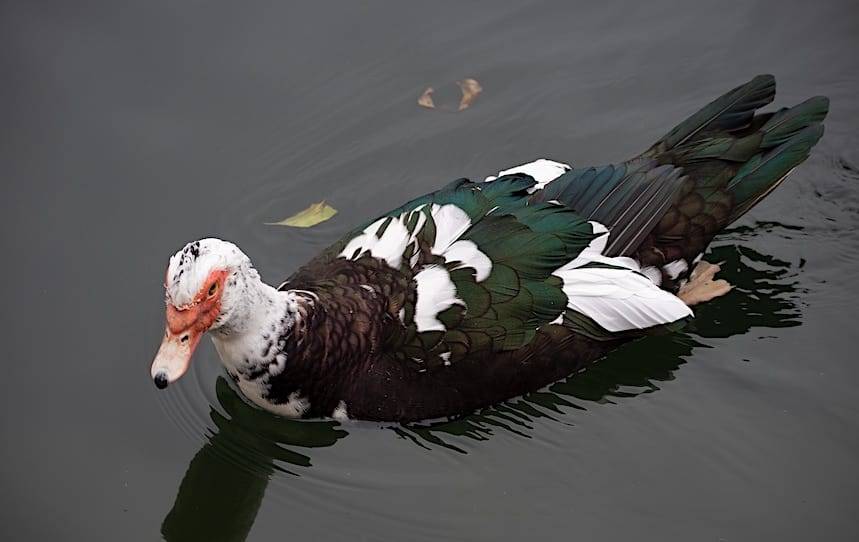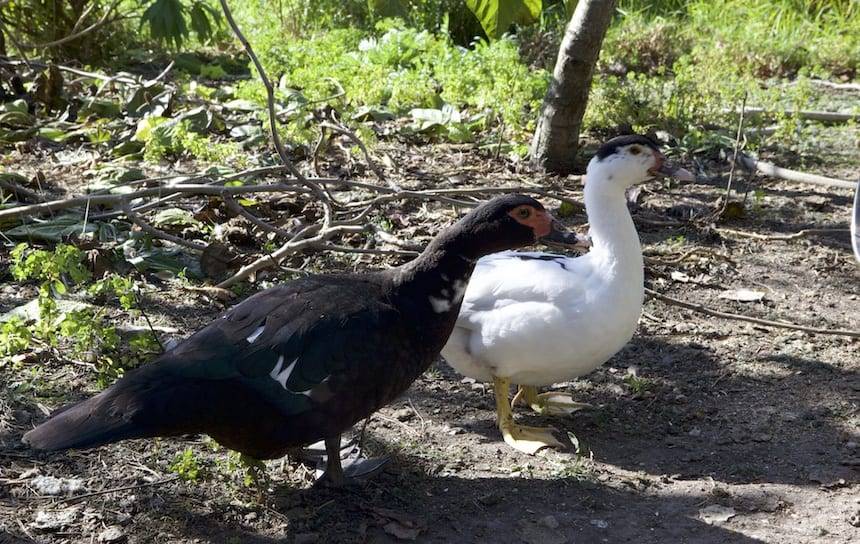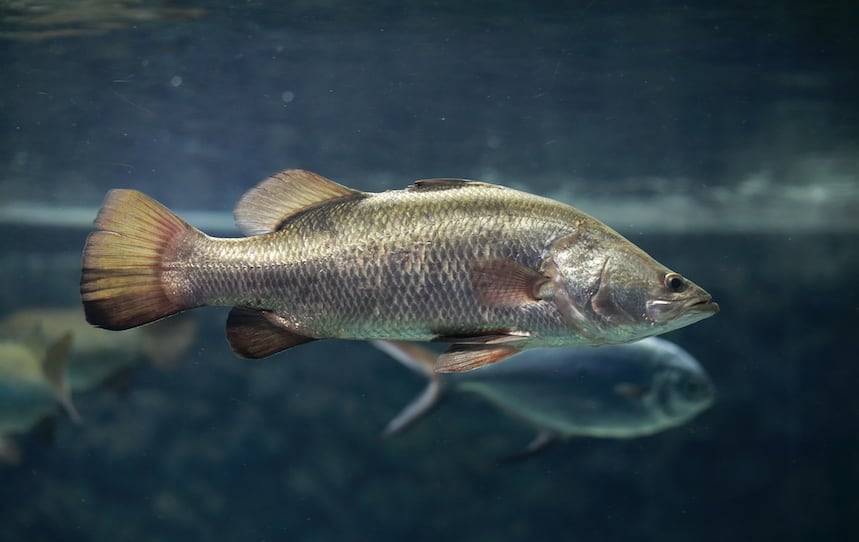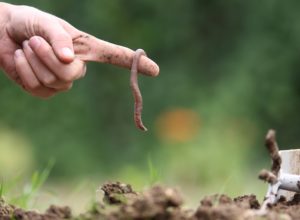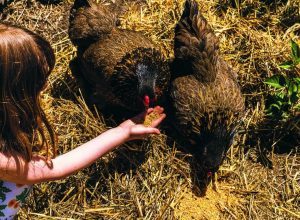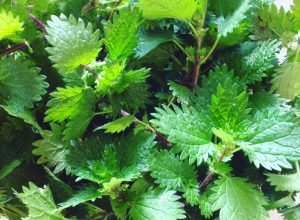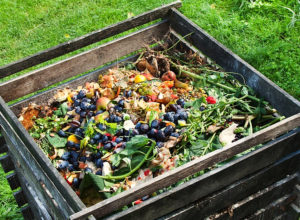Animals form an integral part of a successful permaculture system, from the ever-popular chicken to the lesser utilised cow.
Here we look at three animals that can benefit your permaculture system.
Worms
Composting worms can be considered the ultimate suburban animal. They’re quiet, cheap, loyal and useful. They don’t need walking, grooming or vets. As a permaculture animal, they excel. They survive entirely on leftovers and waste, and their voracious appetites can reduce landfill contributions by up to half while giving you rich castings and liquid fertiliser.
There are three main worm categories: anecic (deep soil dwellers), endogeic (medium depth soil dwellers) and epigeic (top layer dwellers – composting worms are this type, and over 90% of them are Tigers, Reds or Indian Blues).
Functions in a permaculture system
Worms convert waste into garden magic in the form of castings, aka worm poo. Castings are full of beneficial microorganisms which build fertility in the soil continuously. They’re very high in organic matter and humates, which are extremely important to plant and soil health.
In addition to castings, worms produce worm juice, which is also full of beneficial microorganisms. This is liquid gold when diluted and can be used on all plants.
Muscovy ducks
Muscovy ducks are a popular animal in many permaculture systems as they perform multiple functions, especially in the orchard or food forest. They are also a pleasure to watch waddling around the garden.
Muscovies come in a range of colours from all white, all black, black and white, black with green feathers, and brown and white. They have a distinctive appearance with a bright red mask around their eyes and beak, which is more pronounced in the male.
Muscovies are quiet ducks, which makes them a great fit for residential areas. Instead of quacking, the males make a hissing sound.
Functions in a permaculture system
Muscovies are one of the few breeds of ducks that eat bugs, grass and fallen fruit, which makes them the perfect animal for an orchard or food forest. Eating the grass helps to control the weeds, although they do struggle to keep up with kikuyu. By eating bugs they help to keep down pest populations, and by eating fallen fruit they help manage fruit fly and other diseases.
Their appetite for fruit doesn’t stop at what’s already on the ground either – they will fly up and eat the fruit directly from the tree, usually just before it’s ripe, so either take them out of the orchard when your trees are fruiting, or clip their wings.
Muscovy eggs are great for baking as they are quite stiff and rich. The eggs are much larger than a chicken egg with a whiter, harder shell. Muscovies also make good meat birds if you are so inclined, and will be ready for the table around 10–12 weeks.
Silver perch (Bidyanus Bidyanus)
Silver perch are useful, hardy native fish suitable for farm dams, aquaponics and other aquaculture systems. They are easy to feed and as they’re native to a wide swath of the Murray-Darling river system, they’re adaptable to a range of conditions.
As the name suggests, silver perch have a silvery grey appearance. They are darker on top and lighter on the belly with spiky dorsal fins along the back. They can grow up to 50cm and 6kg, but are unlikely to reach these sizes in farm dams.
Functions in a permaculture system
Silver perch are good eating fish. They have a very high level of omega-3s, making them a particularly useful addition to a permaculture diet. They are generally eaten when under a kilogram.
They may be useful in keeping some problem species, such as mosquitos and filamentous algae, at bay.
They can be stocked with other species such as yellow perch to create a more diverse polyculture. Australian aqua- culture authority Nick Romanowski suggests that silver perch, catfish and yabbies are an ideal combination for farm dams.

